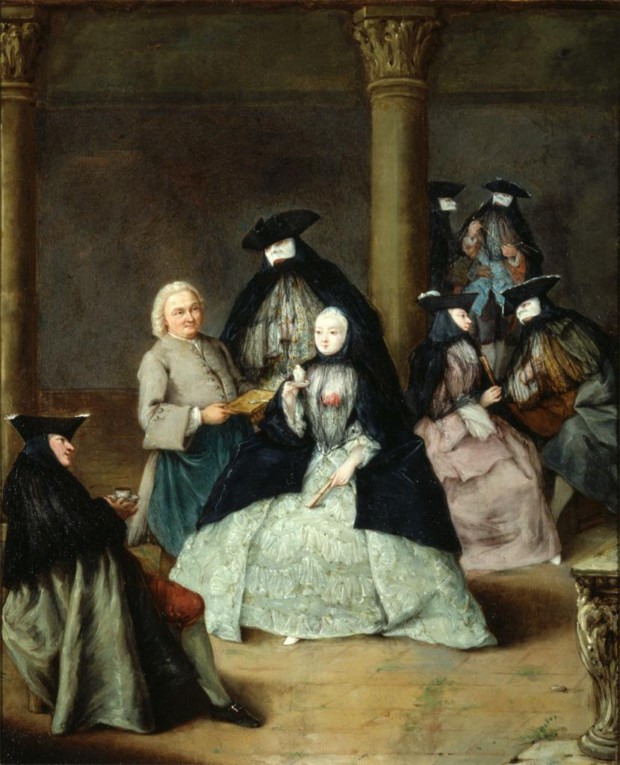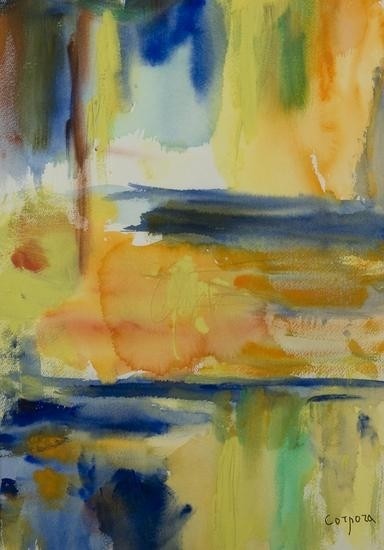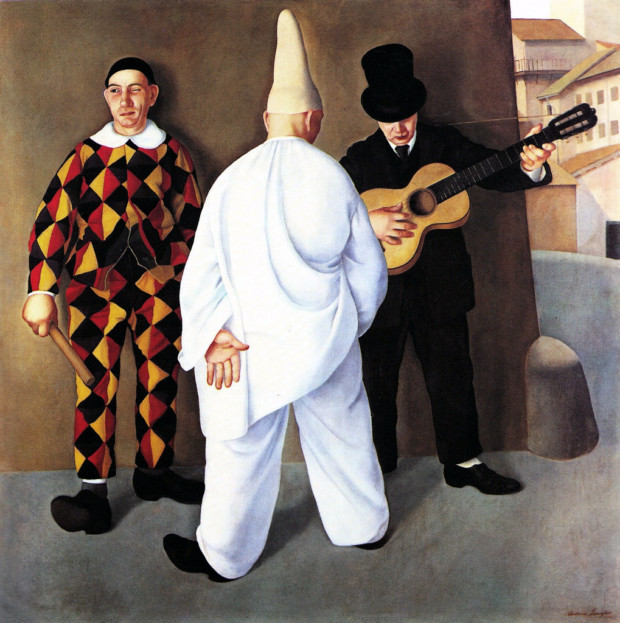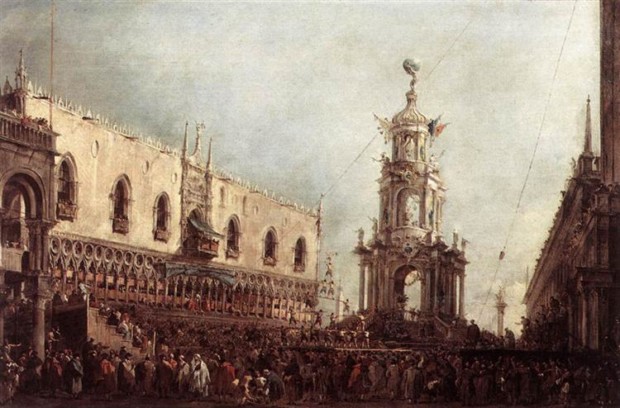Clouds in Art—Stratus, Cumulus, Cirrus, and Many More!
Clouds in art are why the term “landscape painting” is a bit deceiving. It suggests that the subject of the artwork is the land, and yet it is...
Sandra Juszczyk 25 July 2024
Venice is stunning all year round but during the carnival month, it becomes even more charming and mysterious. One stumbles upon princesses, pierrots, dukes who hide their faces behind lavish masks. Ladies and gentlemen, welcome to Venice, join us at the masquerade ball!

The carnival celebrations began in Venice sometime in the 12th century. They became more official in the Renaissance, but it flourished the most during the Baroque period and it was used to promote the magical image of Venice in the world. With the fall of the Venetian Republic, the festival was outlawed entirely in 1797 by the Holy Roman Emperor when even masks became strictly forbidden.

Before it was outlawed at the end of the 18th century, the carnival would usually begin with a series of balls in St. Mark’s Square (if you visit Venice, go to the famous café Quadri’s where you can see a fresco depicting one of such parties). If somebody liked taking risks, every night of the carnival fortunes were squandered in the Ridotto Gambling casino.

Nobody knows why Venetians began wearing masks. One scholar claims that it was caused by the extremely rigid class system ruling in Venice, but during carnival the usual order was overthrown: the poorest beggar could pretend to be the richest man.

This year the carnival starts on Sat, Feb 12 and it will last until Tue, Mar 1. The festival will feature many traditional events such as the Flight of an Angel over Piazza San Marco, or the beauty contest for Venetian girls, or the contest for the most magnificent mask, and many many ravishing balls. For info click here!
DailyArt Magazine needs your support. Every contribution, however big or small, is very valuable for our future. Thanks to it, we will be able to sustain and grow the Magazine. Thank you for your help!